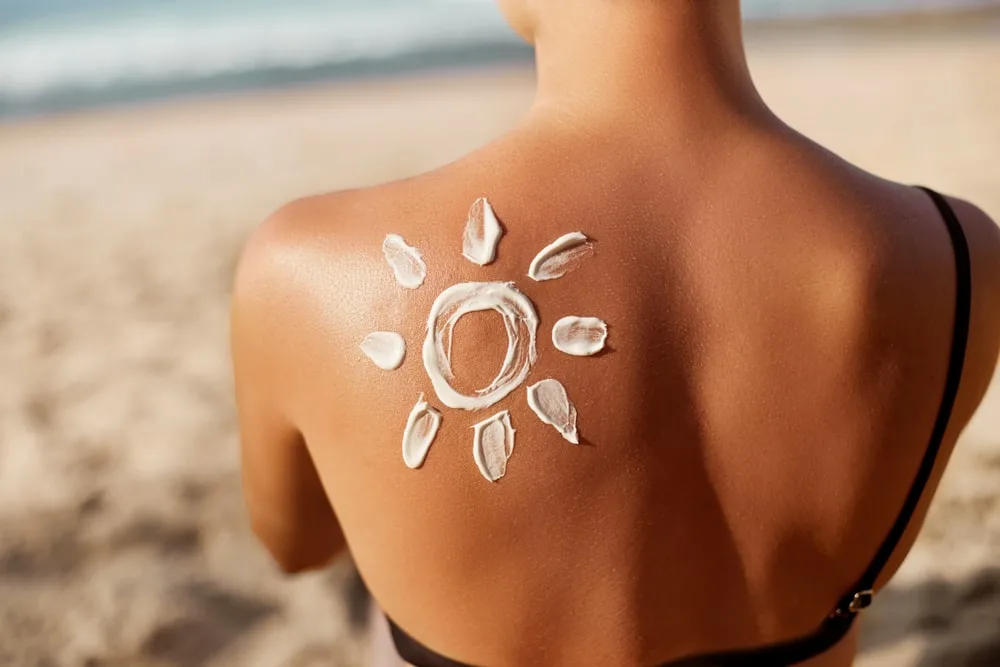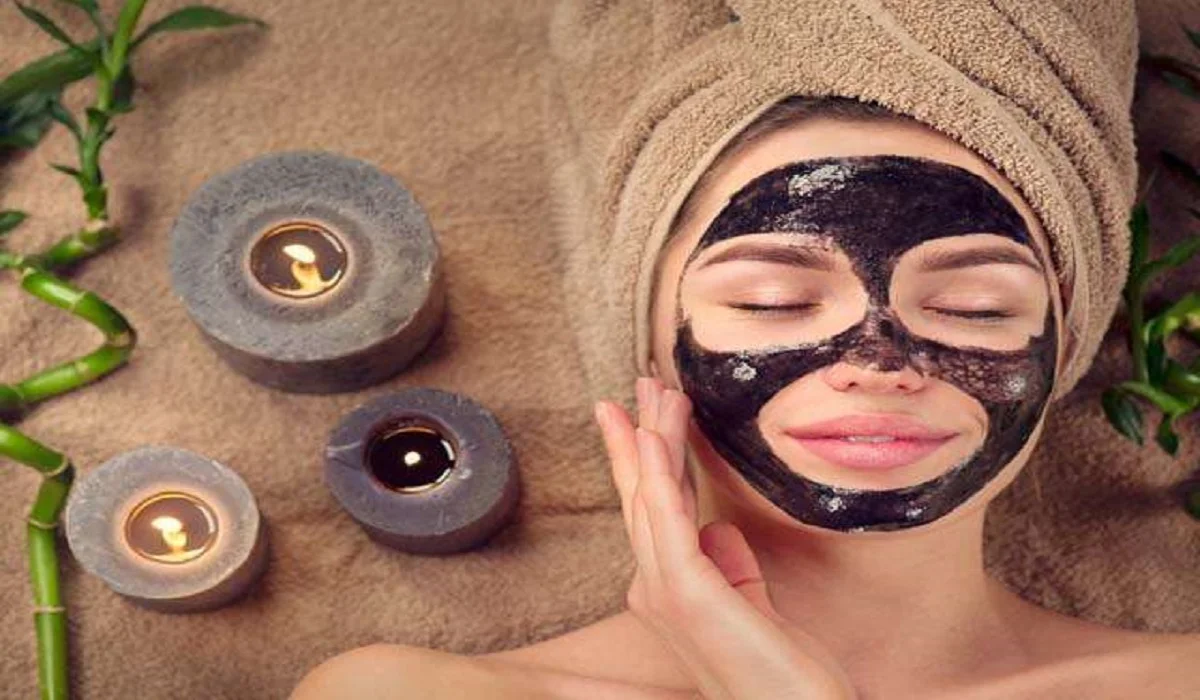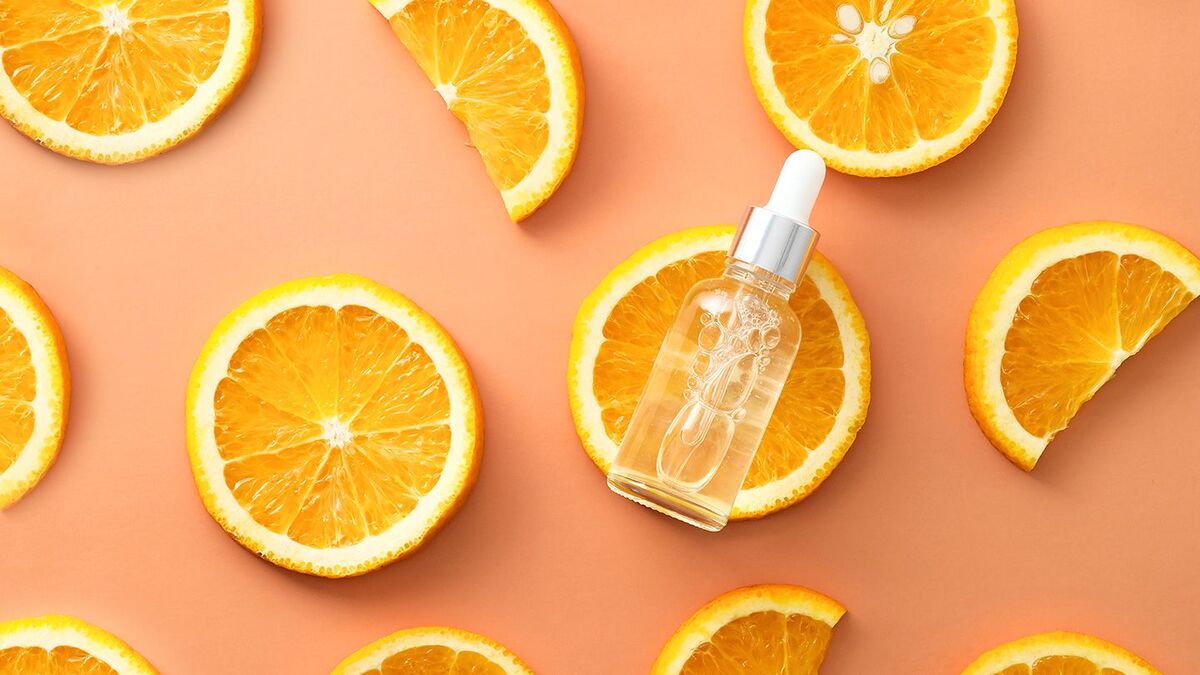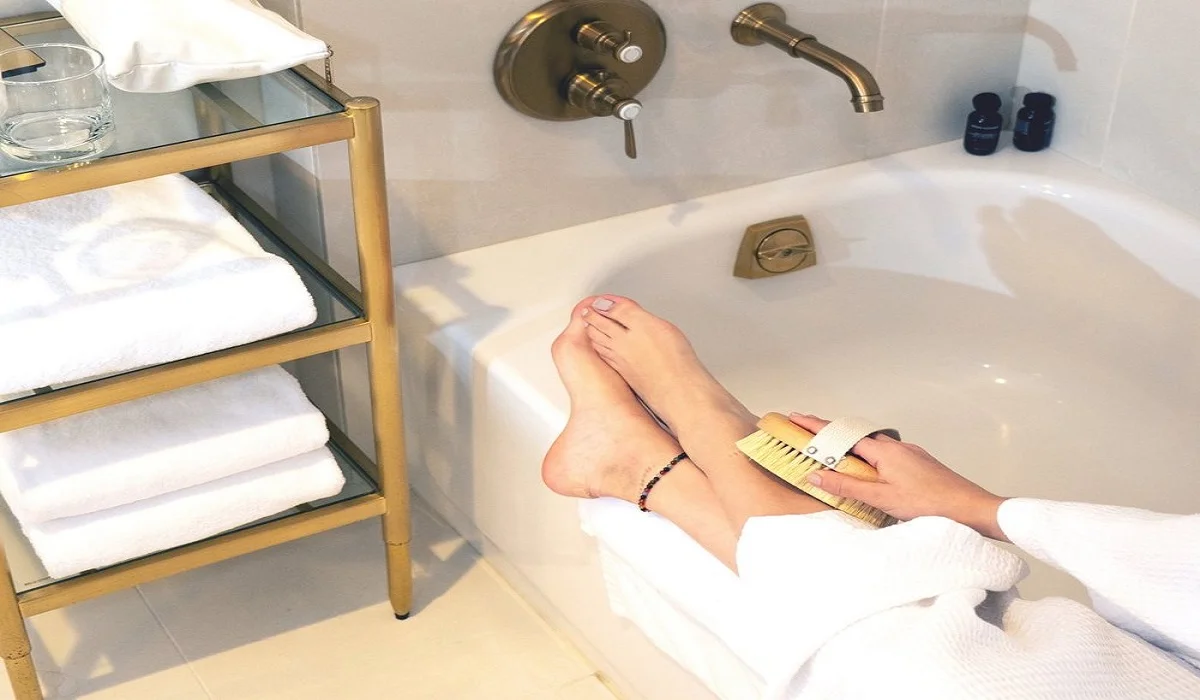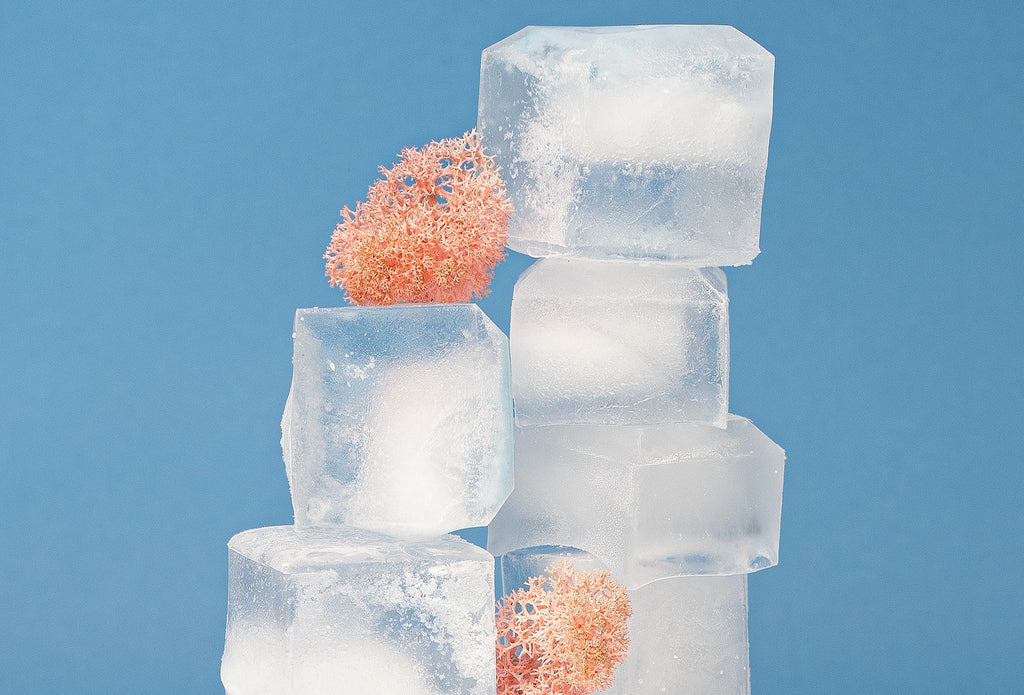
Searching for healthy, glowing skin has led many individuals to experiment with various skincare practices. One such popular practice involves the use of ice cubes as a rejuvenative skincare treatment – something many find appealing! Rubbing them over your face has many advantages that range from improving tone, decreasing puffiness, increasing circulation and refreshing sensation to improving blood flow and providing relief from inflammation. In this article we’ll delve into this exciting realm known as an Ice Cube Facials as we uncover its many advantages to your skincare regime.
What Happens When Ice Cubes Touch My Facial Skin: Intensive Topical Solutions Available Now
Before exploring the potential benefits of this unique skincare practice, let’s first understand its effects. When the ice makes contact with skin it causes blood vessels to constrict temporarily reducing blood flow thereby temporarily relieving redness and inflammation; making this practice ideal for soothing irritated skin conditions. Moreover, its cold temperature helps stimulate lymphatic drainage thus flushing away waste products and toxins from your system more effectively than traditional techniques do.
Benefits of Rubbing Ice Cubes on Your Facial Skin
Pore Minimization: Ice cubes have many uses on your face, one being their ability to minimize pores. Their cold temperature forces skin tightening, making pores appear smaller and less noticeable over time – leading to smoother complexion overall! Regular usage could give way to an improvement of complexion over time.
Reduces Puffiness: Ice cubes may provide relief if you wake up with puffy eyes or facial swelling; their cold temperature helps restrict blood vessels and decrease fluid retention, decreasing puffiness while providing more alert appearances.
Ice cube facials can increase blood circulation to your facial tissues and give it a healthy, radiant look. Better circulation ensures your skin receives essential vitamins and oxygen that promote its overall wellbeing and ensure rosy cheeks!
Soothe Skin Irritation: Ice cubes may help provide soothing relief from redness, irritation or sunburn by relieving inflammation and alleviating discomfort. Their cooling effect provides instantaneous comfort as you rub ice on your face to ease symptoms.
Prevents and Treats Acne: Ice’s anti-inflammatory properties make it particularly helpful in managing acne. Ice can reduce redness, swelling and lesions associated with pimples while simultaneously decreasing their size and spreading.
Makeup Primer: Many makeup artists swear by using ice cubes as a primer before applying makeup products on their faces, which helps the products go on more evenly and last for longer, which makes this method ideal for special events and celebrations.
Youthful Skin: Ice cube therapy can contribute to firmer and tighter skin through regular application of cold therapy, helping preserve its elasticity and prevent it from sagging over time.
Reduces Oiliness: Ice cubes can help regulate excess oil production in your skin, providing relief if you suffer from oily or combination skin types and maintaining matte finishes. If this sounds appealing to you, using them on an oily or combination skin type could provide great control and maintain matte results!
Calm Skin After Hair Removal: After having undergone any form of hair removal – including waxing, threading or any other method – using ice cubes as soothing aid can reduce redness in the treated areas as well as help prevent ingrown hairs.
Rub Ice Cubes on Your Skin for an Natural Glow: Rubbing ice cubes over your face can quickly give it an appealing natural sheen, leaving your complexion fresher than ever and revitalized. Try it today – and experience its power for yourself.
Improved Product Absorption: Utilizing ice cubes before your usual skincare regimen can enhance its absorption, helping serums, moisturizers, and other products work more effectively for you. This way your skincare will make its intended mark!
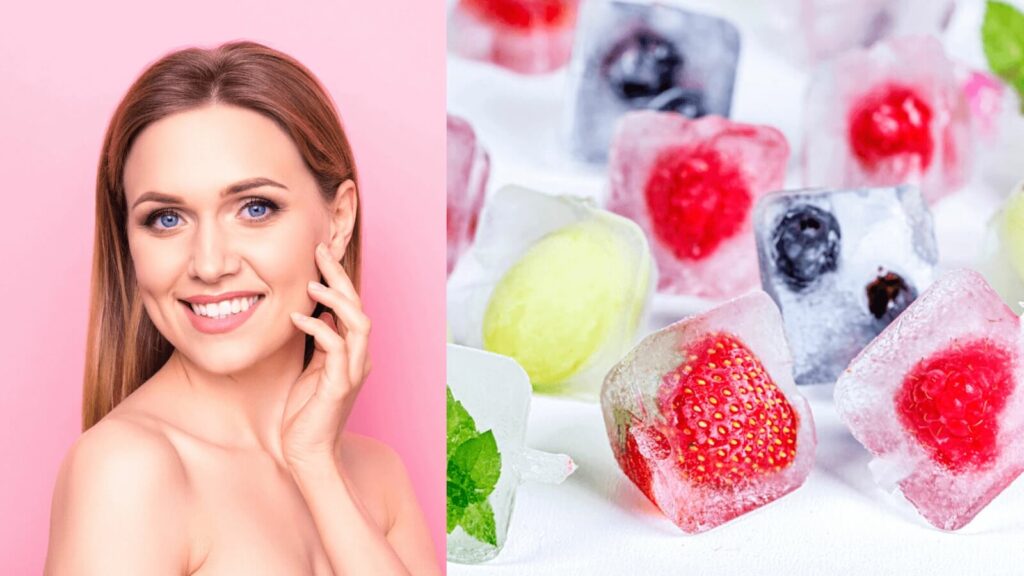
How to Safely Incorporate Ice Cubes Into Your Skincare Routine
While using ice cubes on your face may provide many benefits, it is vital that this practice be undertaken safely to avoid any adverse side effects. Here’s how incorporating them into your skincare regimen:
Use a barrier: For greater protection from direct skin contact between an ice cube and yourself, wrap it in either a clean cloth or plastic bag before applying directly. Doing otherwise could result in frostbite.
Limit exposure: Take care not to leave ice on your skin for too long; short applications of several seconds each are sufficient. Overuse could result in skin damage.
Check for Sensitivity: For people with sensitive skin, it may be beneficial to perform a patch test prior to freezing temperatures to see how your body responds.
Maintain Cleanliness: For best results, always ensure your ice cubes are free from impurities or contaminants that could taint their purity.
Moisturize afterward: After applying ice cubes, ensure hydration through application of an effective moisturizer to seal in moisture levels and increase their benefits.
Timing it Just Right: Ice cubes can help reduce puffy eyes in the morning, or before bed to soothe and relax skin.
Consistency Is Key: For maximum effect, make ice cube facials an integral part of your skincare regime for best results. Start doing them regularly now to reap maximum rewards!
Ice cubes offer an easy, cost-effective, and refreshing way to achieve healthier, more radiant skin. From reducing puffiness, minimising pores or simply refreshing your complexion – adding them into your routine offers multiple advantages that you might otherwise miss. So the next time you reach for an ice cube think about giving your skin some TLC as well.

